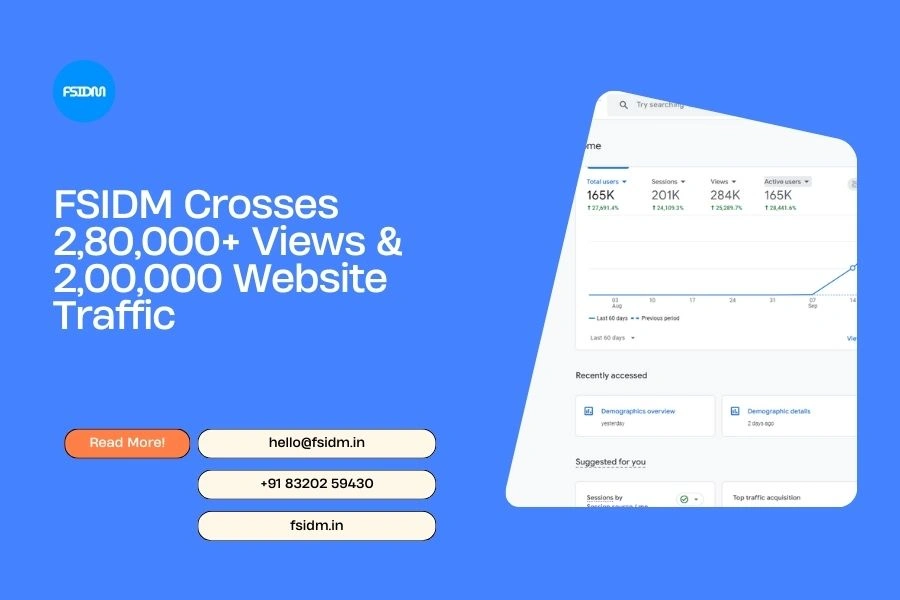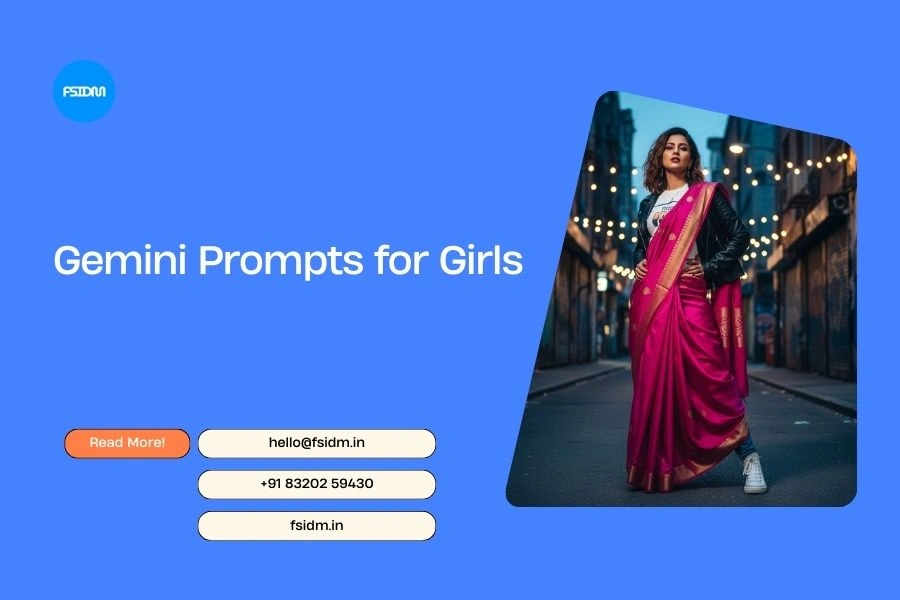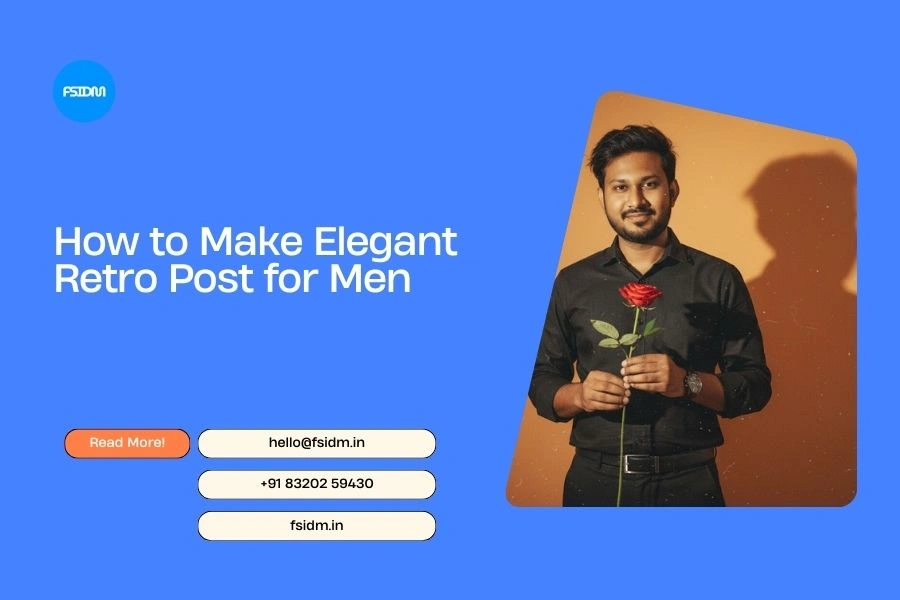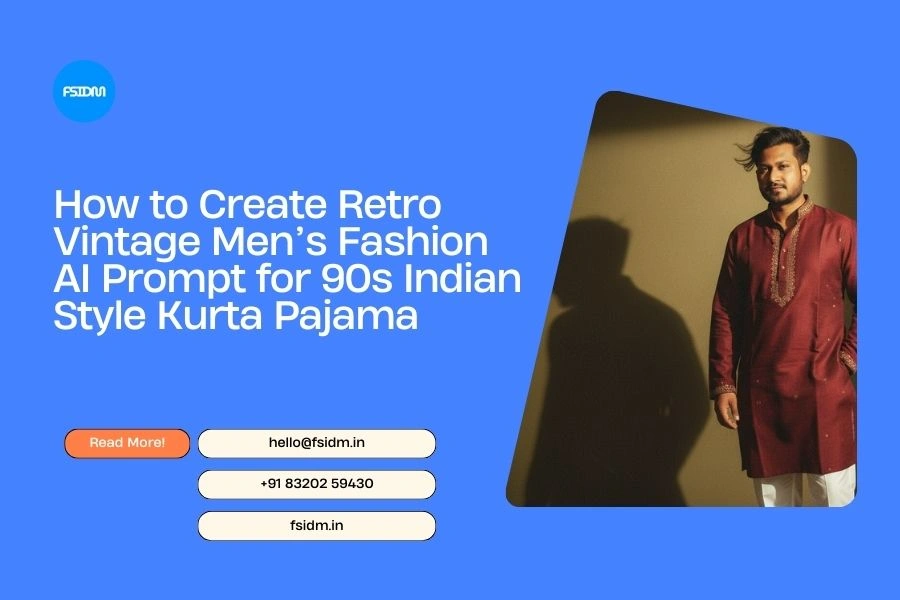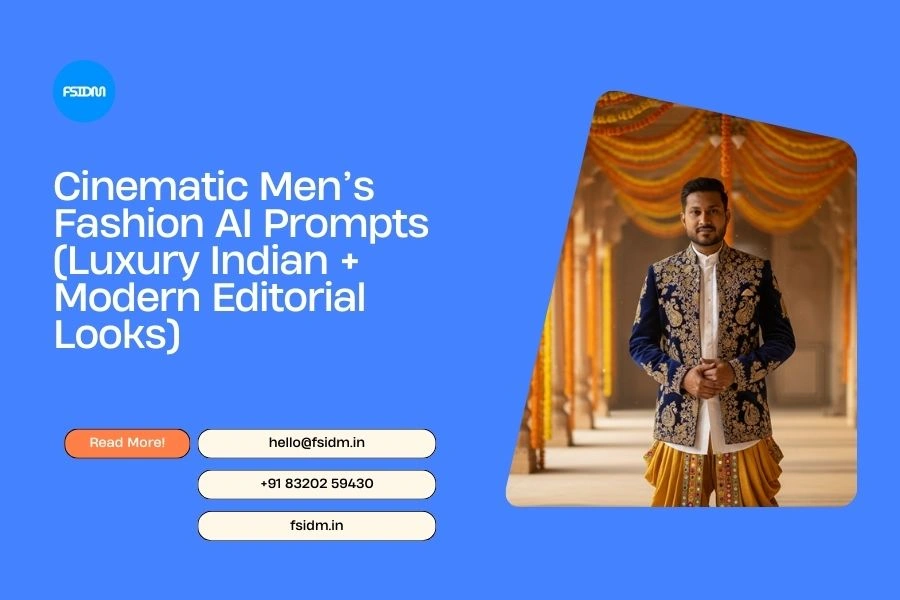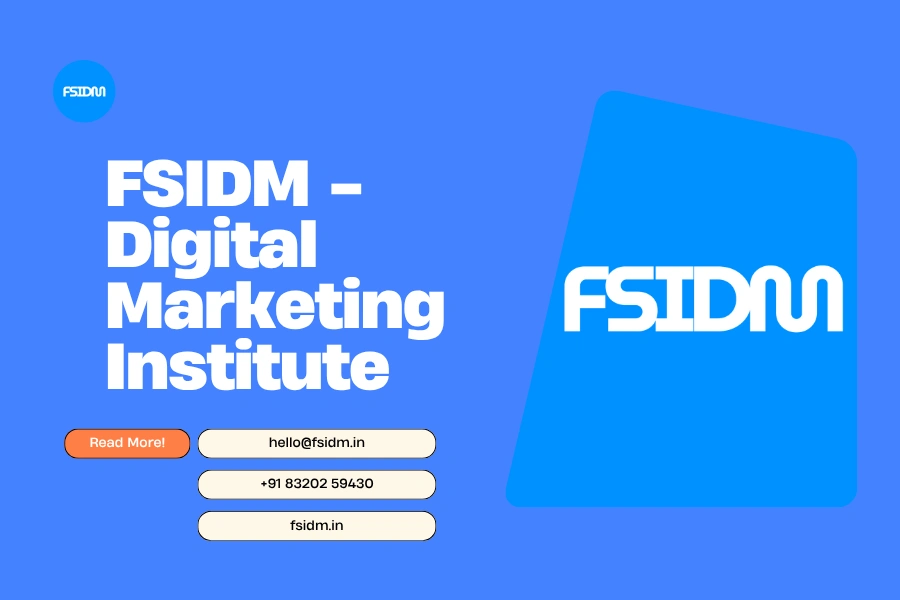TL;DR
Building a ₹100 crore business isn’t magic — it’s method. Focus on product-market fit, tight unit economics, repeatable distribution channels, brand trust, and scalable operations (plus smart use of AI). Real D2C and tech brands like Mamaearth, boAt, Nykaa and Lenskart scaled fast by mastering these levers.
Why ₹100 crore matters (and why you should care)
₹100 crore is a milestone that signals: product validation at scale, sustainable revenue engines, and investor attention. Hitting it means you’ve solved fundamentals — not just marketing fireworks. It’s the level where systems, teams, and margins must work together, consistently.
Real Case Study 1 — Mamaearth (D2C personal care)
What happened: Mamaearth grew rapidly as a digital-first personal-care brand and crossed the ₹100 crore mark in under four years after launch — driven by product-market fit for toxin-free products and aggressive digital marketing.
How they did it (key moves):
- Built authentic product positioning (toxin-free, family-safe).
- Rapid digital user acquisition via social & influencer partnerships.
- Expanded SKUs while keeping hero products in focus.
Lesson for professionals: Nail a simple, defensible brand promise and use targeted digital marketing to validate demand before you scale inventory.
Real Case Study 2 — boAt (Consumer electronics / audio)
What happened: boAt grew from a startup to a mass-market audio brand; revenue scaled into hundreds of crores within a few years by owning a differentiated value-for-money positioning and a strong retail + e-commerce mix.
How they did it (key moves):
- Aggressive influencer and youth-focused branding.
- Fast product launches and razor-focused cost control (unit economics).
- Omni-channel distribution — online marketplaces + retail partnerships.
Lesson for professionals: For consumer electronics, combine aspirational branding with obsessive supply-chain efficiency and channel diversity.
Real Case Study 3 — Nykaa (Beauty + omnichannel retail)
What happened: Nykaa built content-led commerce and moved to an omnichannel model; it scaled revenues massively as a trusted platform for beauty and personal care products. The business expanded from online to offline, boosting credibility and repeat purchase rates.
How they did it (key moves):
- Content and community (helpful reviews, tutorials) to drive purchase confidence.
- Private labels + marketplace assortment to increase margin and range.
- Offline stores to capture shoppers who still prefer in-person trials.
Lesson for professionals: If purchase friction is high (try-before-you-buy), invest in content + experience to reduce friction and increase lifetime value.
Real Case Study 4 — Lenskart (Omnichannel eyewear)
What happened: Lenskart scaled through a mix of technology, proprietary manufacturing, and an omnichannel distribution play — enabling rapid revenue growth to multiple thousands of crores. Their playbook combined product control with customer experience.
How they did it (key moves):
- In-house manufacturing to control margins and speed.
- Tech-enabled retail (home eye-tests, virtual try-on) to lower friction.
- Heavy investment in logistics & store footprint.
Lesson for professionals: Owning parts of the value chain (manufacturing, tech stack) can multiply scale by protecting margins and improving speed-to-customer.
The repeatable playbook — how professionals actually scale to ₹100 crore
Below is a condensed, actionable roadmap you can start using today.
1) Start with brutal product-market fit
- Validate real buying behavior with paid tests and small-batch launches.
- Measure CAC vs LTV early. If LTV < 3× CAC, don’t scale. (Yes, this is non-negotiable.)
2) Focus on unit economics before fancy branding
- Unit margin × repeat rate × frequency = sustainable revenue.
- Fix margins first (pricing, cost of goods, ops). Then amplify demand.
3) Build repeatable distribution channels
- D2C brands: paid social + SEO + email + community.
- Retail/Omnichannel: combine online reach with physical presence for higher AOVs.
- Marketplaces: use them for reach, not margin-dependent scale.
4) Systemize operations & supply chain
- Forecasting, inventory turns, and a reliable logistics backbone are growth multipliers.
- Neglect ops and you’ll outgrow your cash flow faster than revenue grows.
5) Invest in brand & content (to reduce CAC over time)
- Create content that helps buyers convert: tutorials, reviews, case studies.
- Content reduces friction and makes paid channels more efficient.
6) Use capital smartly — not just “raise money”
- Raise to fix bottlenecks: distribution, manufacturing, tech.
- Avoid spending on vanity metrics; fund growth that improves unit economics.
7) Hire for systems, not egos
- Early hires should be operators who can document and scale processes.
- Replace generalists with specialists as you hit new revenue bands.
8) Leverage AI & automation to scale smarter
- Use AI for content generation, ad optimization, demand forecasting, and customer support. AI reduces human cost-per-task and speeds up iteration cycles.
Quick growth play examples you can copy next week
- Run a 3-week paid-experiment funnel: creatives → landing page → email nurture → retargeting. Measure CAC/LTV.
- Launch 1 hotspot SKU with clear social proof (UGC). Use it to acquire customers, then upsell.
- Automate post-purchase flows to increase reorder rates (email + WhatsApp sequences).
- Run a micro-influencer cohort (10–15 creators) with tracked promo codes. Measure incremental ROAS.
Common scaling traps (and how to dodge them)
- Trap: Spending before testing. → Fix: Test small, measure CAC/LTV.
- Trap: Too many SKUs early. → Fix: Focus on hero products that repeat and scale.
- Trap: Over-reliance on one channel. → Fix: Diversify channels and own first-party data.
- Trap: Hiring ahead of revenue. → Fix: Hire when revenue and gross margin are predictable.
Final pep talk (because you’re my entrepreneurial bestie)
Scaling to ₹100 crore isn’t about a single hack — it’s about building repeatable systems, being ruthless about unit economics, and growing channels that compound. The brands that scaled fastest in India did one thing right: they focused on customers, cash, and systems, in that order.



